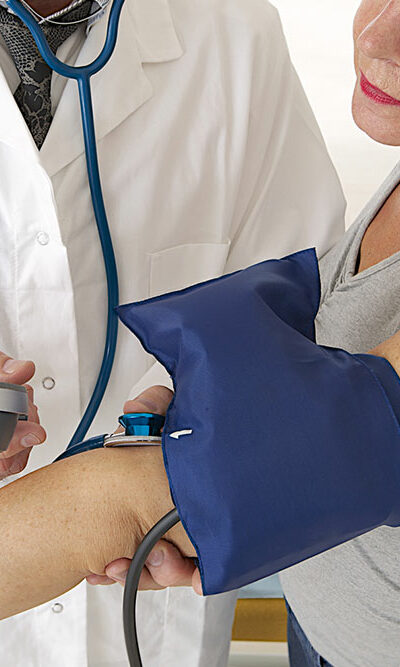
Vitamins to Enhance the Brain and Memory – Sources and Utilities
The nervous system is one of the most complicated organ systems in your body, and the brain is the powerhouse of all your activities and emotions. Vitamins, minerals, and other nutrients are needed within the optimal amount to keep your brain working efficiently and to keep you mentally healthy. However, if you are finding it hard to concentrate, are forgetting things too often or going through severe stress and depression, the reason is a deficiency of brain and memory vitamins. These vitamins not only help clear brain fog and confusion to keep your memory sharp, but they also help you focus and learn properly. Vitamin B Complex From brain aging to brain fogs, depression to memory loss, Vitamin B Complex is undoubtedly the best nutrient for your overall brain health and memory. It helps boost your mood and fight stress, hence the name “happy vitamins”. Vitamin B complex produces neurotransmitters to keep the brain active. B complex can be sourced from animal products like flesh, dairy, eggs, and fish as well as from legumes, leafy vegetables, potatoes, peas, carrots, bananas, and so on. Vitamin B1 (Thiamine) In order to enhance the health of the nerve tissues and the brain, this is one of the best brain and memory vitamins that keep nerve impulses at bay. Thiamine works effectively in treating Korsakoff syndrome as well as chronic memory decline in AIDS affected people and alcoholics. Liver, beef, pork, eggs, milk, oats, orange, and nuts are common sources of vitamin B1. Vitamin B6 (Pyridoxine) A vitamin effective in keeping a positive mood, B6 can be sourced from eggs, poultry meat, turkey, beef, fish, nuts, beans, peas, and seafood. It increases the Serotonin levels, which fights depression and boosts memory. By reducing Homocysteine levels, it stops the decay of memory cells. Vitamin B9 (Folic acid) It is found in great amounts in leafy vegetables like spinach, lettuce, and turnip greens, broccoli, asparagus, Brussels sprout, okra, lentils and legumes, and Avocado and citrus fruits.










